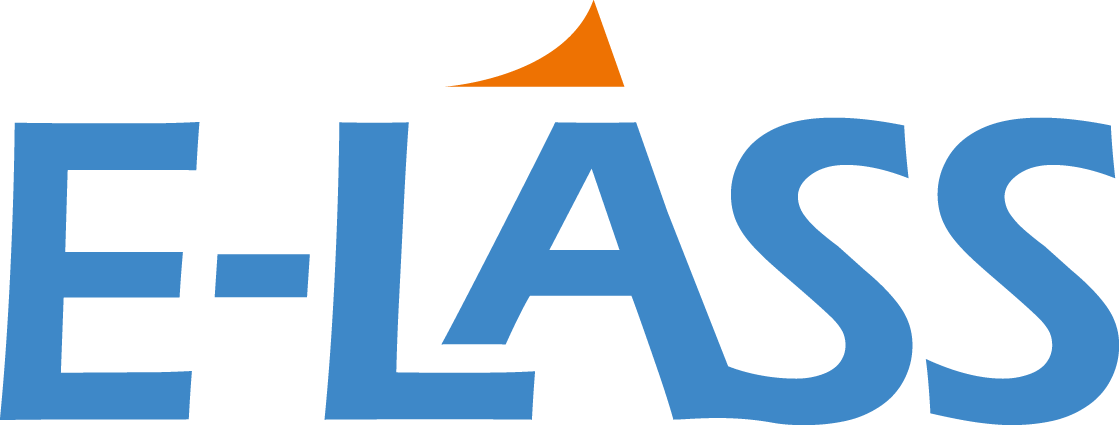E-LASS webinar June 17th
The 14th E-LASS event and the network’s third consecutive webinar, was held 17 June 2021. The maturity of the focused area “lightweight material for ship design” was once again demonstrated through many high TRL presentations, several of which were related to the EU projects RAMSSES and Fibreship. Cooperative results from the two projects in the realm of regulations was also presented, in line with the regulatory theme of the afternoon.
The morning session focused on input from the region around the Baltic Sea and included two presentations with a material focus, comparing different ship designs. Interesting to note was that both speakers highlighted different, but not often mentioned, driving forces for market pull to increase use of lightweight materials: (1) the strive for increased (cruise) vessel size in combination with sustainable shipping requirements and (2) the need for adapting the ship center of gravity by lightweight design to ensure sufficiently comfortable cruising.
The second part of the morning session gave several impressive lightweight ship design examples from demonstration projects in RAMSSES. In most detail was described a new and innovative cabin design for (e.g.) cruise vessels where the need for supporting decks is eliminated. It is absolutely one of the fascinating particularities of the ship building business that groundbreaking and novel engineering ideas and concepts can still, after hundreds of years of well-established concepts and know-how in ship design, provide new opportunities and increase competitiveness.
Directly after lunch, the three national networks were given a few minutes each to present their activities. In Germany, the “MariLight” network was reported to be more and more integrated in the German shipbuilding society in general and a plan to develop the network into an innovation cluster was presented. From the Netherlands it was reported that “D-LASS” were in close cooperation (“partnership”) with other national initiatives and organizations, and the Swedish network “S-LÄSS” reported on a couple of ongoing research projects, of which one had been formulated by network members. All three networks reported that webinars, like the E-LASS event, had been held. Peter Sjögren, the coordinator of S-LÄSS, reported that a web page at e-lass.eu had been created to facilitate for the national networks to share information with the E-LASS community. A task in fact defined within RAMSSES, as a step to increase member value in E-LASS.
For the rest of the day, the webinar focused on the well-known (but always pertinent) issue of regulations. A very interesting novel concept for managing fire risks at sea was presented jointly by RAMSSES and Fibreship. By adopting the same notations for fire division on ships as used in the European Construction Products Regulation (CPR) for construction elements, a more clear classification of fire divisions is made possible. In combination with standardized fire risk scenarios and a risk-based insulation approach, the concept “Smart track to approval” was presented. The model had been presented to the IMO Sub Committee on Ship Design and Construction (SDC 7) and a continued dialog is expected.
The material database built during RAMSSES was also presented during the afternoon – also a part of the Smart track to approval. The aim is to support ship design and also in the approval procedure, by collecting relevant properties of composite materials. The database will be continuously managed by RISE after the end of RAMSSES and be accessible from the E-LASS website.
The day ended with a presentation on the important issue of hybrid joint qualifications.
Our next event will hopefully and probably be a seminar and industry tour in Genoa, 18 November. It will also be a farewell party for the E-LASS and RAMSSES joint efforts since RAMSSES will finish this year. Don’t miss it!
